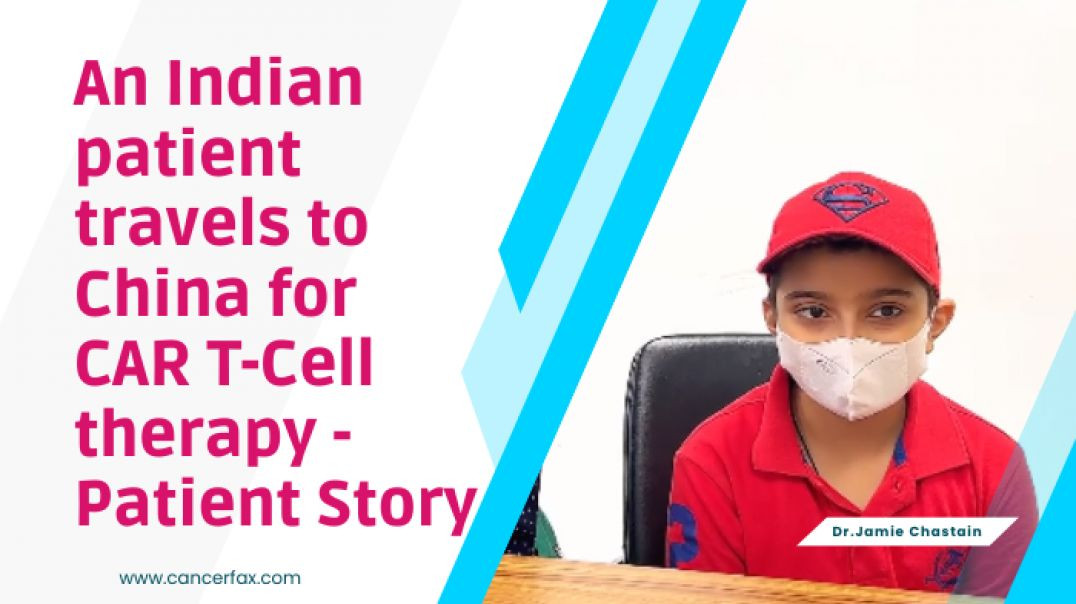Proton Therapy Intermediate-Risk (Teal) Prostate Cancer | Prostate Cancer Staging Guide
PCRI’s Executive Director, Mark Scholz, MD, talks about proton therapy as a treatment for men with the Teal stage of prostate cancer. He compares it with other forms of radiation and describes the appropriate situations for its use.
0:24 Teal prostate cancer, also known as intermediate-risk prostate cancer has treatments that range from active surveillance to a single treatment, to a combination of 3 treatments. Proton therapy is often given on its own as a monotherapy. But it can be used as a part of a combination therapy protocol as well. Proton therapy is typically for men with Basic Teal or "intermediate intermediate-risk" prostate cancer.
1:09 Proton therapy is similar in many ways to IMRT (intensity-modulated radiation therapy). Proton therapy is typically advertised as exposing less of the body to radiation since the protons emitted by the machine stop inside the prostate and do not travel through the body like x-rays from standard IMRT. Side effects are no worse than IMRT, cure rates are similar, but there are no studies that show that the side effects are better with proton therapy than with IMRT. From a clinical standpoint. One can think of the two as equivalent, although proton therapy centers are rarer, and the treatment is more expensive.
2:28 Proton therapy technology. Modern proton therapy is called IMPT or intensity-modulated proton therapy. There are older forms of proton therapy called conformal proton therapy that does not use computer guidance like modern proton therapy. There are still centers that use the older technology; this should be avoided.
3:35 Beam radiation (IMRT and IMPT) doesn’t deliver as much radiation as seed implant radiation does and thus the cure rates are lower. But cure rates are high for pretty much all forms of treatment for basic teal, and beam radiation can be less invasive than a radioactive seed implant.
4:42 IMRT and IMPT historically have required daily visits to the doctor, Monday - Friday for up to 9 consecutive weeks. Modern studies show that it is safe to give equivalent radiation over a 5 week period and this is becoming a new standard.
5:20 IMRT is a perfectly good form of treatment. It is feasible as long as there is a quality center near you since you will be making daily visits. As with all treatments, the procedure takes skill and you must find competent and experienced medical professionals for best results.
Don’t know your stage? Take the quiz: Visit http://www.prostatecancerstaging.org
To learn more about prostate cancer visit http://www.pcri.org
To download the free Staging Guide visit http://www.pcri.org/prostate-cancer-staging
Who we are:
The Prostate Cancer Research Institute (PCRI) is a 501(c)(3) not-for-profit organization that is dedicated to helping you research your treatment options. We understand that you have many questions, and we can help you find the answers that are specific to your case. All of our resources are designed by a multidisciplinary team of advocates and expert physicians, for patients. We believe that by educating yourself about the disease, you will have more productive interactions with your medical professionals and receive better-individualized care. Feel free to explore our website or call our free helpline at 1 (800) 641-7274 with any questions that you have. Our Federal Tax ID # is 95-4617875 and qualifies for maximum charitable gift deductions by individual donors.
The information on the Prostate Cancer Research Institute's YouTube channel is provided with the understanding that the Institute is not engaged in rendering medical advice or recommendation. The information provided in these videos should not replace consultations with qualified health care professionals to meet your individual medical needs.
#ProstateCancer #Prostate #MarkScholzMD
-
Category





















No comments found